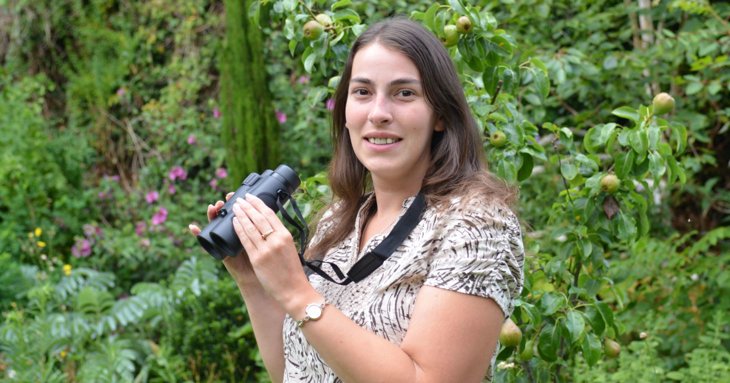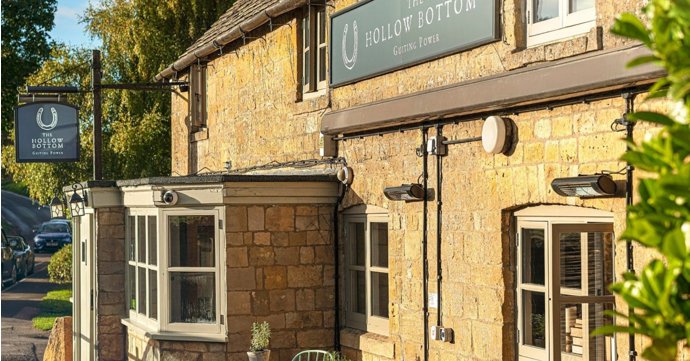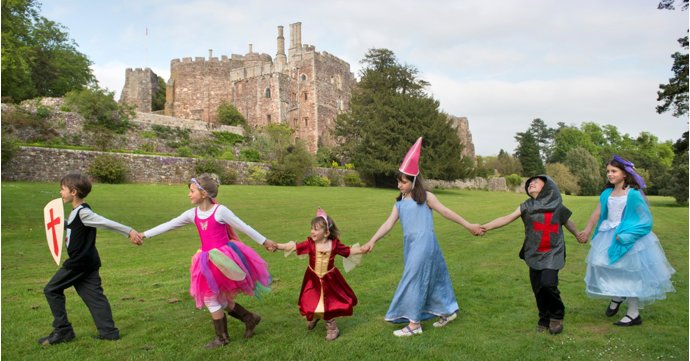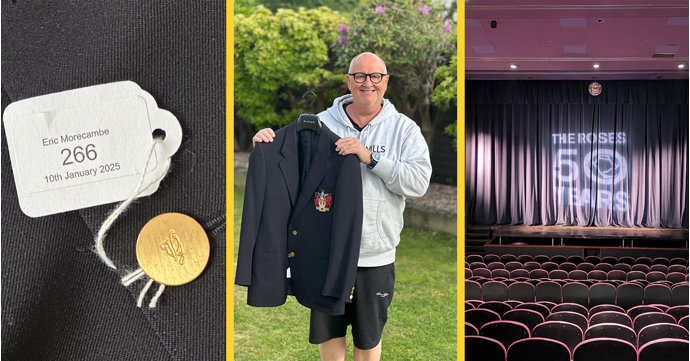Professor in Applied Ecology at the University of Gloucestershire, Anne Goodenough, has revealed the phenomenon that inspired Alfred Hitchcock's iconic film, The Birds, in a new podcast episode.
The wildlife expert, who has conducted extensive research on bird behaviour, was a guest on 'When would we die?' for an episode discussing whether birds have the capability to co-ordinate a mass attack on humans.
In it, she discusses Hitchcock's classic film starring Tippi Hedren — a loose adaptation of a Daphne du Maurier story of the same name — where birds suddently and violently attack the people of Bodega Bay, and how it may have been inspired by a real-life event which took place in Capitola, California in 1961.
Professor Goodenough explained: 'Sooty shearwaters, which are sea birds, seemingly started attacking people in the city, dive-bombing people, buildings and cars, and regurgitating and vomiting half-digested fish.
'We know that Alfred Hitchcock lived nearby, and we know that he called up the local newspaper that was reporting on the story to get more information.
'The cause of what happened remained a mystery for about 30 years until something similar happened in 1991 with brown pelicans. Again, it was in the same area, they were showing very odd behaviour and appeared to be ‘attacking’ the town.
'What was happening there was that the pelicans in 1991, as the shearwaters were in 1961, were actually suffering from a neuro toxin, and that neuro toxin had been ingested by those birds. It is something that is produced by algae that occur within the ocean and it occurs naturally all the time, and it causes neurological malfunction.
'The birds didn’t know where they were or what they were doing, so they weren’t attacking, they were completely disorientated.'
She went on to explain that while some bird behaviours can be perceived as aggressive, such as seagulls scavenging for people's chips or ice creams; or birds attacking house or car windows because they can't recognise their own reflection, it's unlikely that any bird species would have the mental capacity to plan an attack or raid on humans.
'Some species of birds are very intelligent, but I don’t think they normally undertake plotting in the way we think the birds in the film do, so intelligence and the ability to plan a mass attack are two different things.
'For me, the intention of the film is to make you think there is some sinister underlying plot going on, it is planned and there might be an element of making up strategies ‘on the wing’ — that’s where reality and the movie diverge.'
Good news for anyone who slept with the lights on after watching The Birds...





















